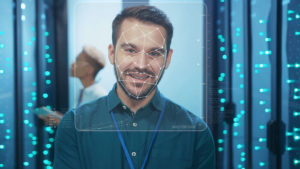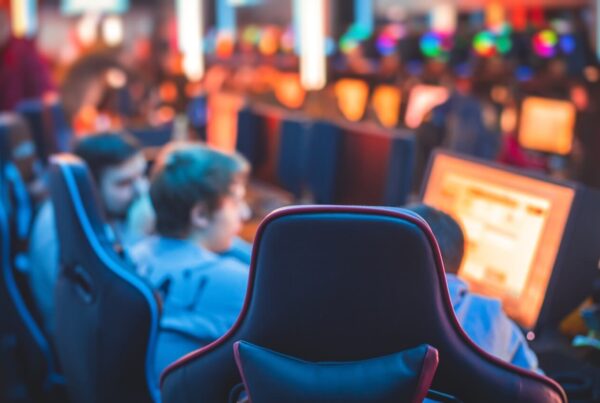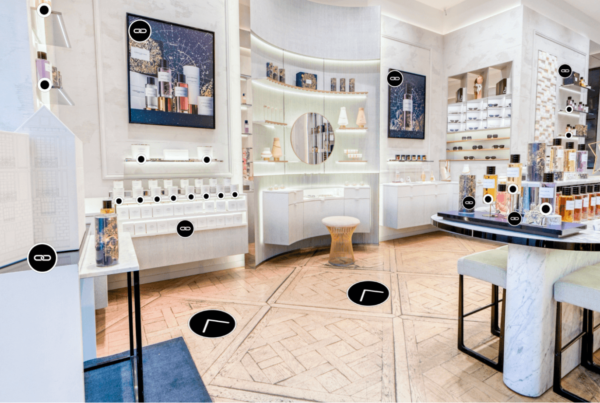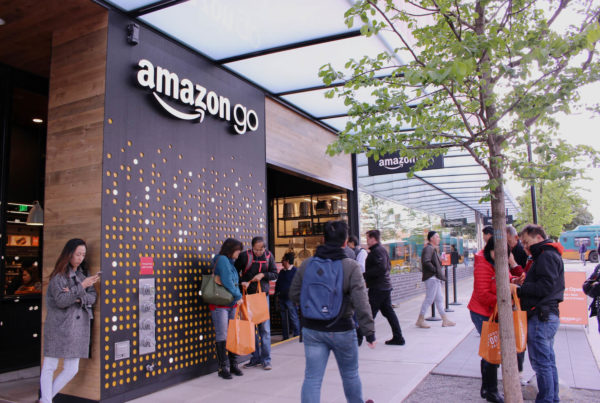Before facial motion capture / face animation technology emerged, cartoons were hand-drawn at 12 frames per second (fps). These days most animation is done on computers, and one of the latest trends is real-time animation.This is where an actor performing in front of a camera is translated into an animated character on screen in real-time.
Today’s sophisticated animators generate characters and scenes that look almost real. How do they do it? How do they draw up—even digitally—such accurate faces, complete with all the expressions and gestures that make things feel real?
They start with face analysis, using facial motion capture in real-time to map actual human facial expressions to their digital counterparts on the screen.
What Is Real-Time Animation?

Real-time animation is a process that creates 3D digital characters that mirror real people speaking or acting out a scene live. This approach can be particularly useful for directors looking to catch a glimpse of how an animated scene may come together, a technique called pre-visualization. Or it can be used to bring animated characters to life in real-time for live audiences. Facial motion capture, also sometimes called facial animation capture, is at the core of real-time animation.
Motion capture, at its core, is simply recording the tracked movements of objects—or people. In the 1960s, an innovator named Lee Harrison III pioneered a new technology that revolutionized motion capture. He used different pieces of electronic hardware to capture motion and then processed the data using computers. With his systems Animac and Scanimate, motion capture was never the same. Today, the motion capture tech used in film-making, gaming, and even sports science is rapidly evolving.
Artificial Intelligence (AI) and Machine Learning in Real-Time Face Animation
Fast forward more than 60 years and real-time animation has created some of the most visually and emotionally stunning films, and AI and machine learning have made major strides to accomplish this feat.
 Machine learning and artificial intelligence power face analysis, the technology that drives facial motion capture and allows digital characters to be just as believable, expressive, and relatable as real humans through real-time animation. The machine learning algorithms that power face analysis capture millions of data points from diverse faces and people.
Machine learning and artificial intelligence power face analysis, the technology that drives facial motion capture and allows digital characters to be just as believable, expressive, and relatable as real humans through real-time animation. The machine learning algorithms that power face analysis capture millions of data points from diverse faces and people.
AlgoFace’s Face AI enablement engine is a stunning example of the machine learning and technology behind face analysis and facial motion capture. Tracking more than 200 facial landmarks across a human face provides exact details about the position of facial components like lips, eyes, and eyebrows to deliver the most accurate face.
Forty years ago you may have had to be someone like George Lucas to get your hands on advanced animation technology. But today, face analysis technology is accessible and has helped businesses across industries with innovation that drives better outcomes. If you’re interested in using face analysis technology for real-time animation or were inspired by any of the applications above, request your demo today to learn more about how our technology can support your business.




